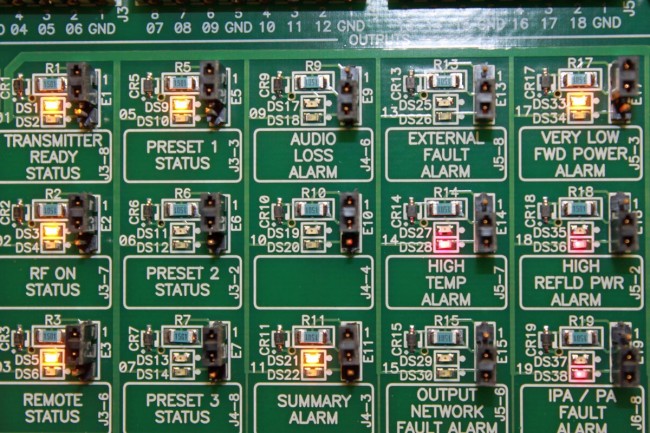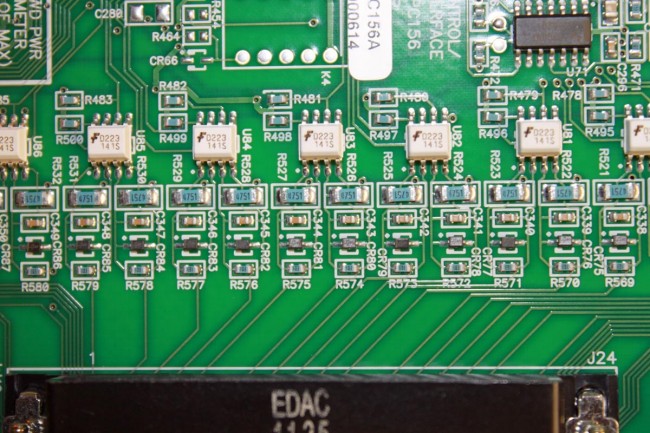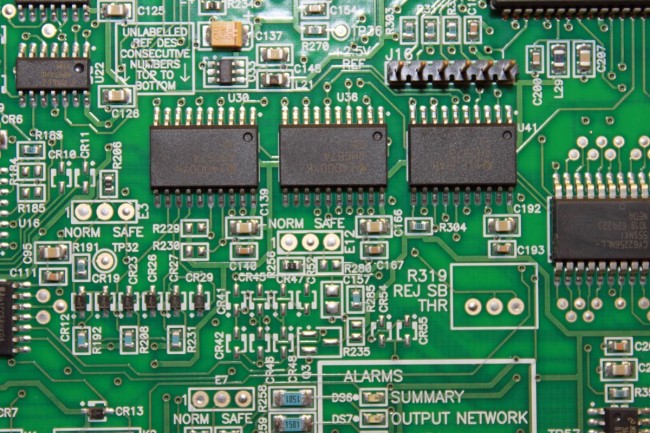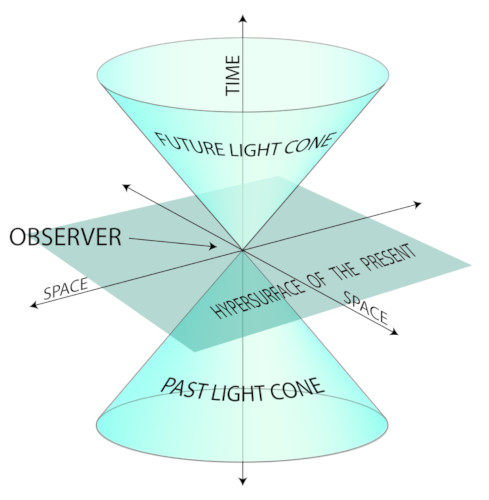Sometimes it is the little things that catch the eye. When I was installing a Nautel transmitter recently, I was admiring the circuit boards used for the transmitter controller. I have seen a few circuit boards that are functional, but leave a little to be desired in the form department. Does it really matter? Perhaps not, but often times those tiny, almost insignificant details come back to bite you. Little things like having the voltage regulator pins correctly placed or putting a toggle switch on the correct side of the board. I have seen both mistakes from another, well known transmitter manufacturer.

Anyway, these are a few photographs of some well designed, well laid out circuit boards.

This is the main controller board.

Surface mount components.

Logic chips.

Part of the harmonic trap for the XR series transmitters.
It really is the little things that make big differences. A circuit board under a cover that few people will ever see may seem like a very small and insignificant detail, but I notice and admire these things…

